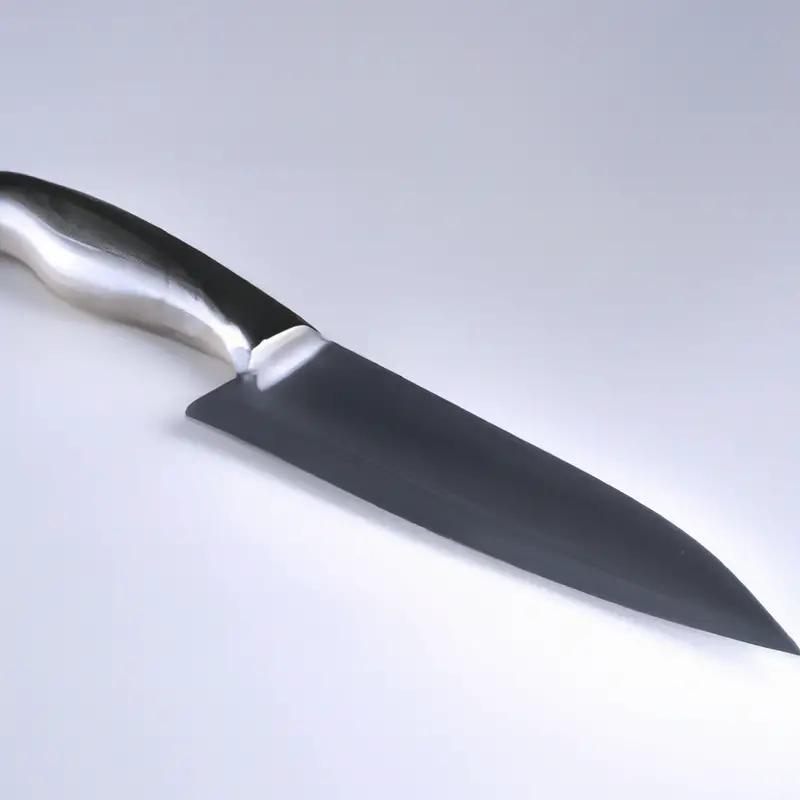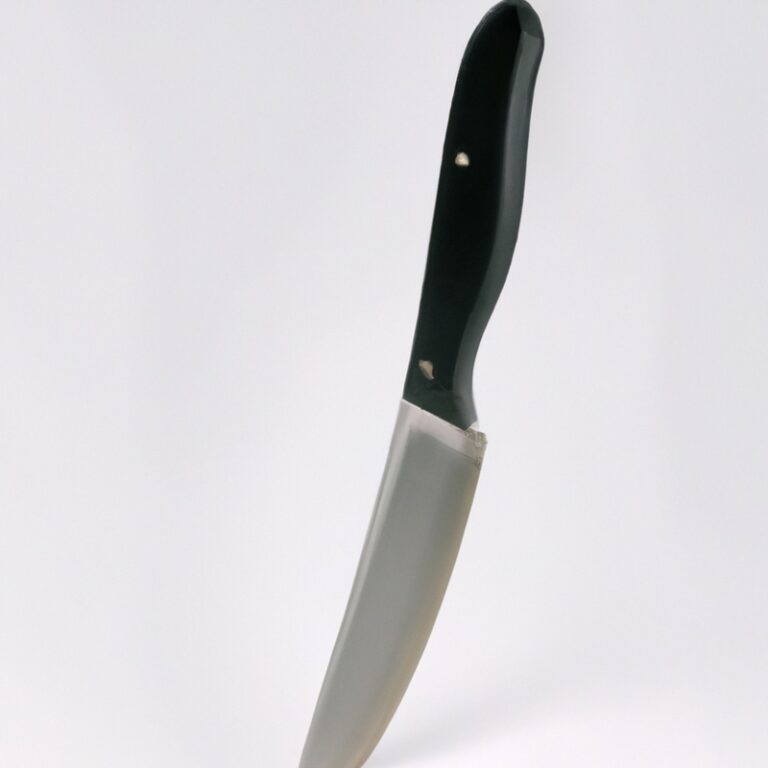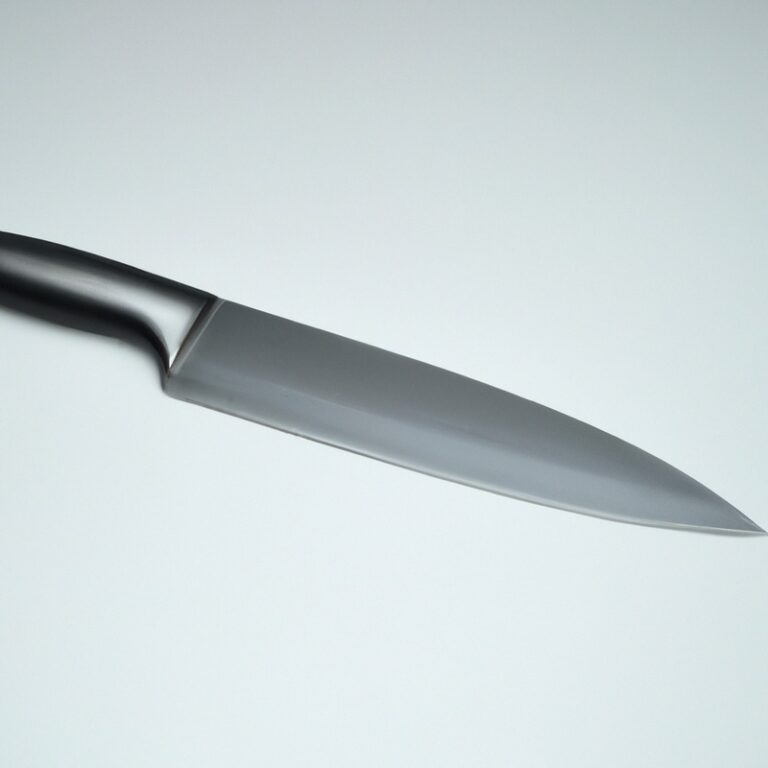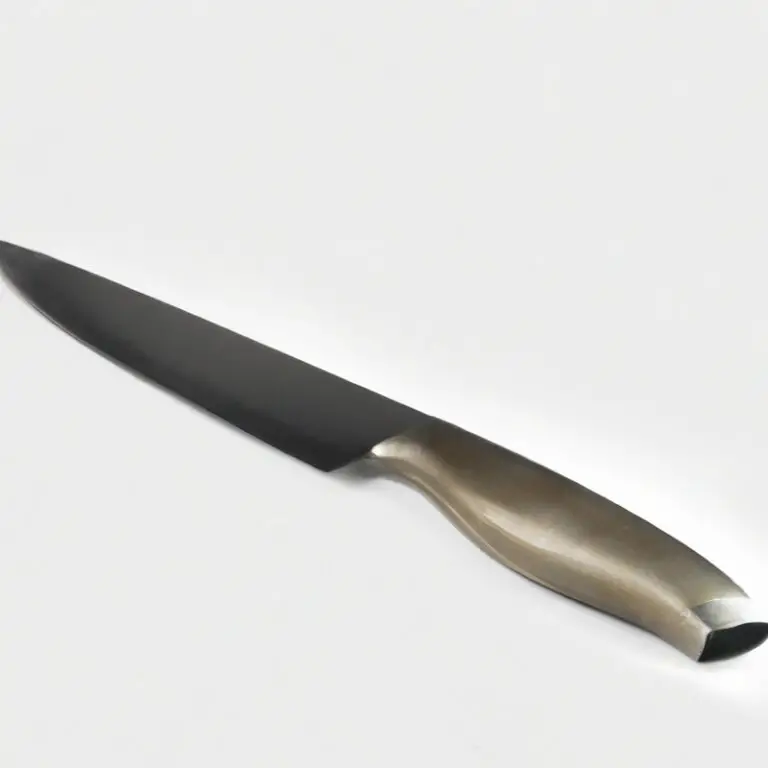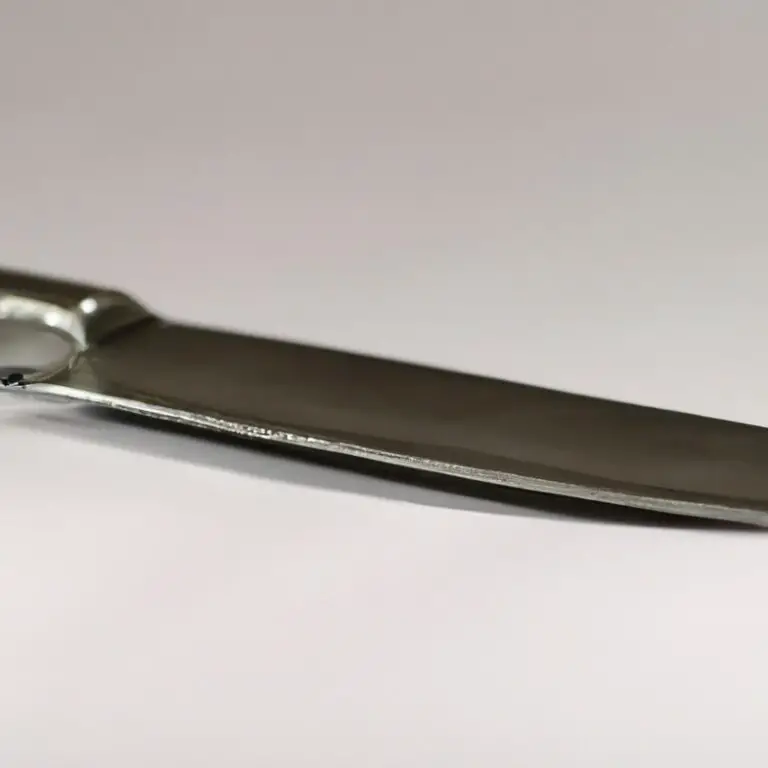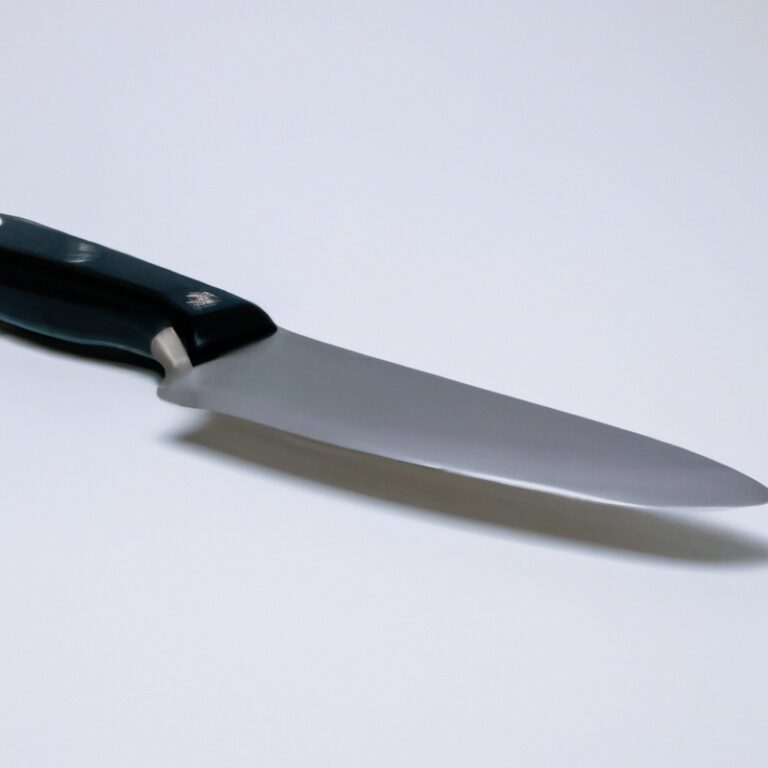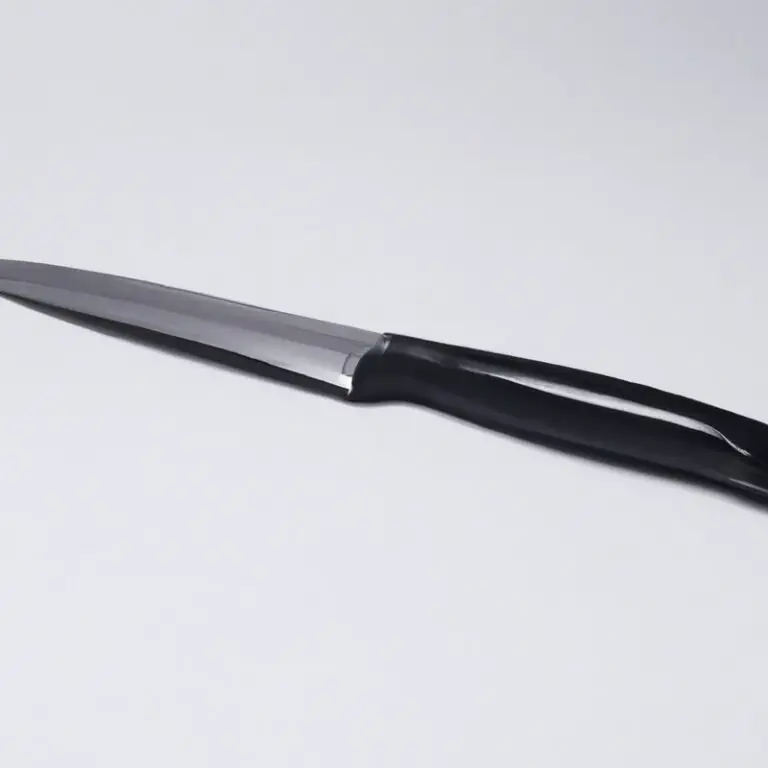How Does Knife Steel Influence Edge Retention?
Key Takeaways:
- Knife steel composition plays a significant role in determining edge retention.
- Harder knife steels tend to have better edge retention.
- Fine-grained steels generally exhibit superior edge retention.
- Proper heat treatment can optimize edge retention characteristics of knife steel.
Are you someone who appreciates the satisfying feeling of effortlessly slicing through a juicy steak or smoothly dicing onions for your favorite recipe? If so, then you’re familiar with the importance of a sharp knife.
But have you ever wondered what factors contribute to a knife’s ability to maintain its razor-sharp edge?
In this article, we’ll dive into the fascinating world of knife steel and how it influences edge retention. From the composition of the steel to hardness, heat treatment, and blade geometry, each element plays a crucial role in determining how long your knife will stay sharp.
So if you’re ready to uncover the secrets behind a long-lasting edge, let’s get started!
| Steel Type | Edge Retention |
|---|---|
| High Carbon Steel | Excellent |
| Stainless Steel | Good |
| Damascus Steel | Very Good |
| Powder Steel | Outstanding |
Factors affecting edge retention
Knife steel composition
Knife steel composition refers to the specific elements and their proportions that make up the steel used to create knife blades.
The composition of the steel plays a significant role in determining the knife’s performance, including its edge retention.
Different types of steel alloys contain varying amounts of elements such as carbon, chromium, molybdenum, and vanadium, which influence hardness, corrosion resistance, and ability to hold a sharp edge.
High-quality knife steels are often made of a combination of these elements to achieve a balance of desirable properties.
Choosing the right steel composition is essential for maximizing edge retention and overall knife performance.
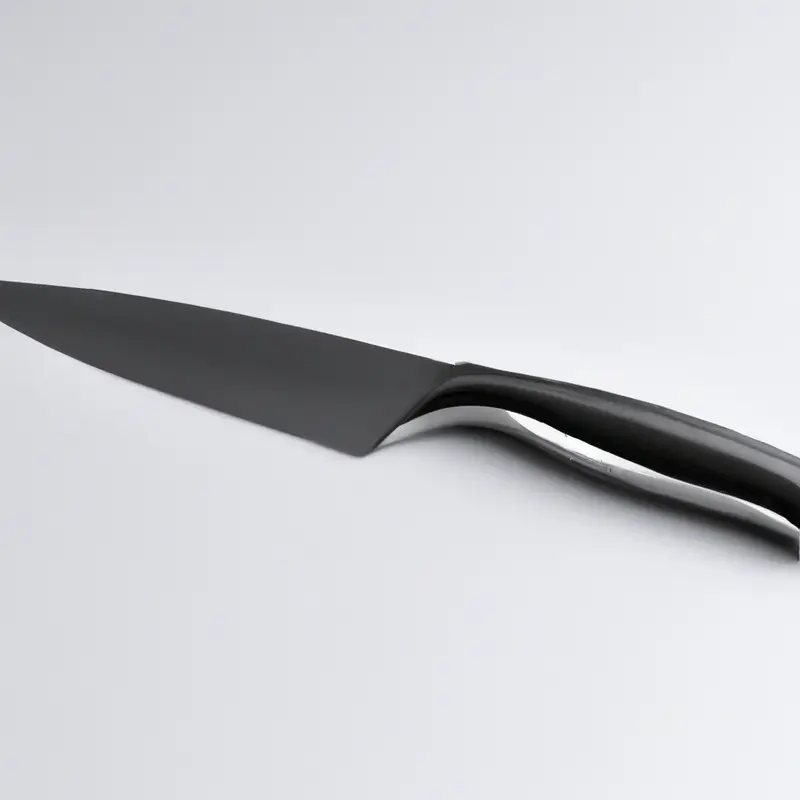
Hardness of the steel
The hardness of the steel is a key factor in determining its edge retention.
Harder steels generally have better edge retention, meaning the blade will stay sharp for a longer time.
When a steel is harder, it is less prone to bending or rolling, which can cause the edge to dull.
However, extremely hard steels can be more difficult to sharpen.
It’s a trade-off between long-lasting sharpness and ease of maintenance.
It’s important to find the right balance of hardness for your specific needs.
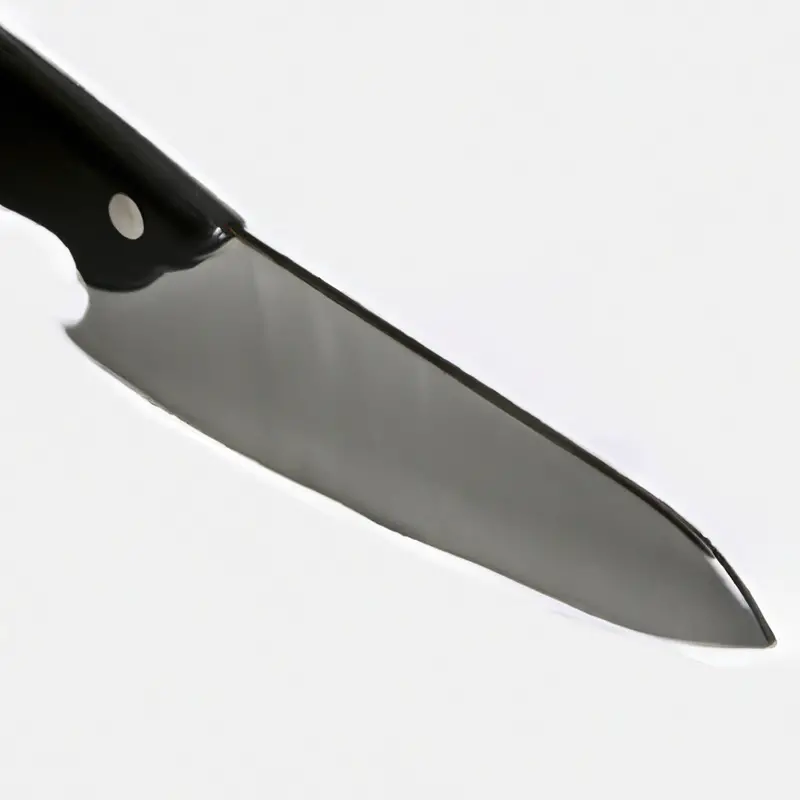
Heat treatment
Heat treatment plays a significant role in determining the edge retention of a knife. It involves subjecting the blade to specific heating and cooling processes to optimize its hardness and toughness.
By carefully controlling the temperature and duration of treatment, the steel’s microstructure can be modified, enhancing its ability to hold an edge for longer periods.
Different heat treatment methods, such as quenching and tempering, can be used to achieve desired hardness levels. Proper heat treatment can greatly improve a knife’s edge retention and overall performance.
Blade geometry
Blade geometry refers to the shape and design of the knife’s blade. It plays a significant role in edge retention.
A thin, acute edge is ideal for cutting tasks that require precision, such as slicing vegetables.
On the other hand, a thicker edge with a more obtuse angle is better suited for tasks that involve heavy chopping or prying. The blade’s overall thickness and the presence of a full or partial bolster can also affect edge retention.
It is important to consider the intended use of the knife when determining the appropriate blade geometry.
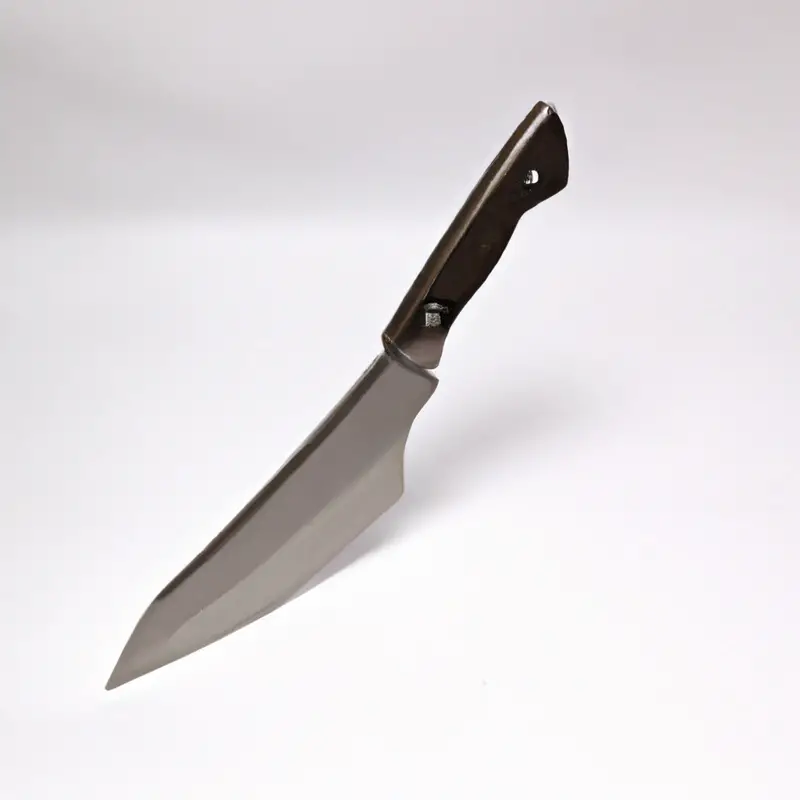
Understanding knife steel
Types of knife steel
There are various types of knife steel available, each with its own unique properties and characteristics. Some commonly used knife steels include stainless steel, carbon steel, and high-carbon stainless steel.
Stainless steel offers good corrosion resistance, while carbon steel is known for its sharpness and ease of sharpening.
High-carbon stainless steel combines the best of both worlds, providing excellent corrosion resistance and sharpness. Other types of knife steel include Damascus steel, VG-10, and S30V, which offer their own set of advantages and qualities.
It’s important to consider the intended use of the knife when choosing the right type of knife steel.
Commonly used knife steels
Commonly used knife steels include stainless steel, carbon steel, and high-carbon stainless steel.
Stainless steel is resistant to corrosion, while carbon steel offers excellent edge retention.
High-carbon stainless steel combines the benefits of both, offering durability and corrosion resistance.
Each steel type has unique characteristics, and choosing the right one depends on your specific needs and preferences.
It’s important to consider factors like hardness, toughness, and ease of sharpening when selecting a knife steel.
Characteristics of different knife steels
Different knife steels have distinct characteristics that can impact their performance. Here are some key features to consider:
- Stainless steel: Resistant to corrosion, easy to maintain, and ideal for everyday use.
- High carbon steel: Offers excellent edge retention and sharpness, but requires regular maintenance to prevent rust.
- Damascus steel: Known for its beautiful patterns, it combines different layers to enhance strength and durability.
- Tool steel: Designed for heavy-duty tasks, it provides exceptional toughness, wear resistance, and edge retention.
- Ceramic: Extremely hard and resistant to wear, it maintains a sharp edge for a long time, but can be brittle and prone to chipping.
Each steel type has its pros and cons, so understanding the characteristics can help you choose the right one for your specific needs.
Knife steel and edge retention
Steel composition and edge stability
The composition of the steel used in a knife has a direct impact on its edge stability.
Different types of steel have varying levels of carbon, vanadium, chromium, and other elements, which influence the steel’s ability to hold a sharp edge.
Steels with higher carbon content, such as carbon tool steels, offer excellent edge stability but may be more prone to corrosion.
Stainless steels, on the other hand, have less carbon but contain chromium for increased corrosion resistance.
By understanding the composition of the steel, you can choose a knife that meets your specific edge stability requirements.
Hardness and its impact on edge retention
When it comes to edge retention, the hardness of the knife steel plays a crucial role.
Hardness refers to the ability of the steel to resist deformation and maintain its shape.
A harder steel will generally have better edge retention because it is less prone to dulling or rolling.
Softer steel, on the other hand, may be easier to sharpen but will lose its edge more quickly.
It’s important to find the right balance of hardness to ensure optimal edge retention for your specific needs.
Remember, proper maintenance and sharpening techniques are also essential for maintaining edge retention.
Heat treatment’s role in edge retention
Heat treatment plays a crucial role in determining a knife’s edge retention. Through specific processes like heating, quenching, and tempering, the steel’s microstructure is optimized for durability.
Heat treatment affects the hardness and toughness of the steel, striking a balance that ensures the blade can maintain a sharp edge while resisting chips or breaks.
By carefully controlling the heat treatment process, manufacturers can enhance a knife’s edge retention, allowing it to perform reliably over time. It’s important to choose a knife that has undergone proper heat treatment to ensure long-lasting edge performance.
Blade geometry and edge retention
Blade geometry plays a significant role in edge retention.
The thickness and angle of the edge determine how well it holds up during use.
A thinner edge can be sharper and have better cutting performance, but it may also be more prone to chipping and dulling.
On the other hand, a thicker edge may be stronger and more resistant to damage, but it may not be as sharp.
Additionally, the shape of the blade, such as a straight or curved edge, can affect how it interacts with materials being cut.
So, choosing the right blade geometry is essential for optimizing edge retention.
Choosing the right knife steel for edge retention
Identify usage requirements
To determine the right knife steel for edge retention, it’s crucial to identify your specific usage requirements.
Consider factors like the type of cutting tasks you perform most often, the level of maintenance you’re willing to do, and any environmental conditions your knife may be exposed to.
For heavy-duty tasks, a steel with higher hardness and wear resistance is recommended.
If you prefer low maintenance, stainless steels may be more suitable.
By understanding your usage requirements, you can choose a knife steel that best suits your needs.
Consider steel properties
When considering the properties of steel for knife edge retention, there are a few key factors to keep in mind.
- Steel Composition: Different types of steel have varying levels of carbon and other alloying elements, which affect their hardness, toughness, and corrosion resistance. Look for steels with high carbon content for better edge retention.
- Hardness: The hardness of the steel is measured on the Rockwell scale. Higher hardness generally leads to better edge retention, but it can also make the blade more brittle. Strike a balance between hardness and toughness.
- Heat Treatment: Proper heat treatment improves the steel’s performance by optimizing its hardness and toughness. Look for knives made with precision heat-treated steel for enhanced edge retention.
- Blade Geometry: The shape and thickness of the blade’s edge play a role in edge retention. Thinner edges tend to provide better cutting performance, but they can also be more susceptible to damage. Consider the intended use of the knife when choosing blade geometry.
Balancing edge retention with other factors
When choosing a knife steel for optimal edge retention, it’s important to consider other factors as well.
Blade hardness, steel composition, heat treatment, and blade geometry all play a role in edge retention.
However, it’s essential to strike a balance between edge retention and other qualities like toughness and corrosion resistance.
Finding the right steel that meets your specific needs will ensure a durable and long-lasting cutting edge.
So, take into account the type of tasks you’ll be performing, the environment the knife will be used in, and your personal preferences to find the perfect balance.
Caring for knife steel
Proper sharpening techniques
Proper sharpening techniques are essential for maintaining the edge of your knife steel. Here are a few tips to help you sharpen your knife effectively:
- Use a sharpening stone: A sharpening stone is the best tool for achieving a sharp edge. Start with a coarse grit to remove any dullness, and then progress to a finer grit for a polished edge.
- Maintain the correct angle: Hold the knife at a consistent angle while sharpening. This angle will depend on the type of knife and its intended use. A general guideline is to maintain a 15 to 20-degree angle.
- Use light and even pressure: Apply light and even pressure while sharpening the blade. Avoid pressing too hard, as this can damage the edge.
- Follow the correct motion: Choose either a circular or a linear motion while sharpening, depending on your preference. Be sure to maintain the same direction and motion throughout the sharpening process.
- Test the sharpness: After sharpening, test the sharpness by gently slicing through a piece of paper or gently cutting a tomato. If the blade glides smoothly and effortlessly, your knife is properly sharpened.
Regular maintenance and cleaning
Regular maintenance and cleaning are essential for maintaining the performance and longevity of your knife steel. Here are a few key points to keep in mind:
- Wipe the blade clean after each use to remove any food residue or moisture that can cause corrosion.
- Use mild dish soap and warm water to clean the blade. Avoid harsh chemicals that can damage the steel.
- Dry the blade thoroughly before storing to prevent moisture buildup.
- Regularly oil the blade to protect against corrosion. A food-safe mineral oil works well for this.
- Store your knife in a dry and safe place to avoid unnecessary wear and tear.
Protecting the blade from damage
To protect the blade from damage, there are a few simple steps you can take.
First, always use a cutting board made of softer material like wood or plastic, as hard surfaces like glass or granite can dull the blade.
Second, avoid cutting through bones or frozen foods, as this can chip or break the blade.
Third, store your knife properly, either in a knife block or sheath, to prevent it from banging against other objects and causing damage.
Lastly, be mindful when cleaning the blade, using a gentle cloth or sponge and avoiding harsh abrasives that can scratch the steel.
Final Verdict
Knife steel plays a crucial role in determining edge retention.
Factors such as steel composition, hardness, heat treatment, and blade geometry all impact the knife’s ability to maintain a sharp edge.
Understanding the different types of knife steel and their characteristics is essential in choosing the right steel for edge retention.
Additionally, proper care and maintenance, such as using proper sharpening techniques, regular cleaning, and protecting the blade from damage, are vital in preserving the knife’s edge.
By considering these factors and taking appropriate steps, you can enhance your knife’s edge retention and prolong its lifespan.

